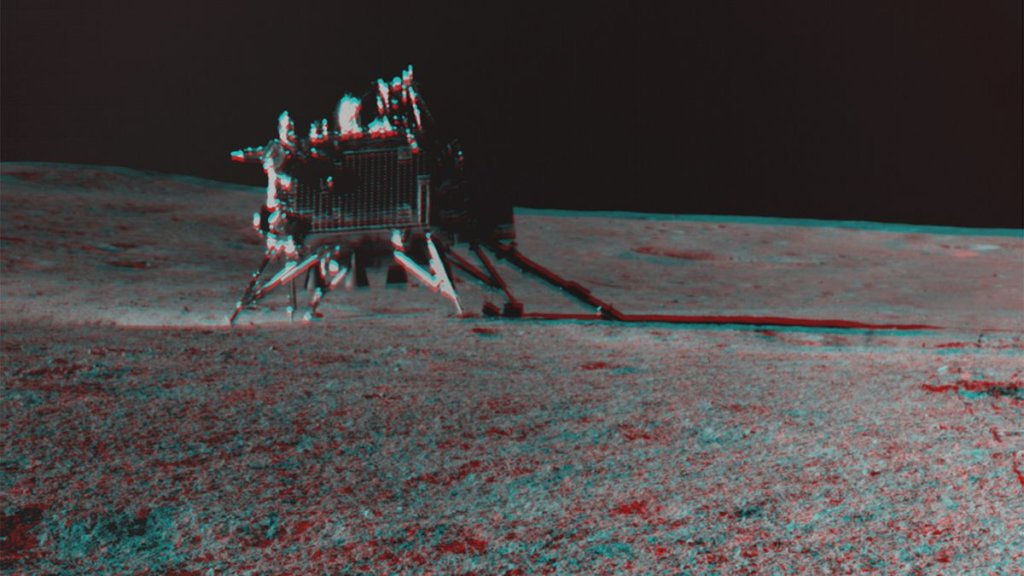India plans to build off its recent space successes and become an even bigger player in the final frontier.
The nation recently landed on the moon for the first time, acing the first-ever touchdown near the lunar south pole with its Chandrayaan-3 mission. And India now has a solar probe aloft — Aditya-L1, which launched on Sept. 2 to investigate some of the sun’s biggest mysteries.
U.S. President Joe Biden congratulated Indian Prime Minister Narendra Modi, and the scientists at the engineers at the Indian Space Research Organisation (ISRO), for these achievements during a meeting in India on Friday (Sept. 8).
And, during that meeting, the two leaders pledged to cooperate on several ambitious space projects going forward.
Related: India launches Aditya-L1, its 1st-ever sun probe
“Determined to deepen our partnership in outer space exploration, ISRO and the National Aeronautics and Space Administration (NASA) have commenced discussions on modalities, capacity building and training for mounting a joint effort to the International Space Station in 2024, and are continuing efforts to finalize a strategic framework for human spaceflight cooperation by the end of 2023,” reads a joint India-U.S. statement that the White House published on Friday.
India has not yet sent anyone to space, but the nation is working to change that: It’s developing and testing hardware for its own human spaceflight program, called Gaganyaan, which could launch astronauts for the first time as soon as late 2024.
The statement also notes that both Biden and Modi “welcomed efforts” toward the establishment of a “working group for commercial space collaboration.” That potential collaboration would slot into an existing structure, the India-U.S. Civil Space Joint Working Group.
The U.S. and India also want to work together to help save the world from potential death from above.
The two nations “intend to increase coordination on planetary defense to protect planet Earth and space assets from the impact of asteroids and near-Earth objects, including U.S. support for India’s participation in asteroid detection and tracking via the Minor Planet Center,” the statement reads. (The Minor Planet Center, based at the Smithsonian Astrophysical Observatory in Massachusetts, is the official repository for asteroid and comet observations.)
NASA already has considerable expertise in this regard. For example, the agency’s Double Asteroid Redirection Test mission, or DART, slammed into an asteroid moonlet last year in a successful trial of the “kinetic impactor” method of space rock deflection.

